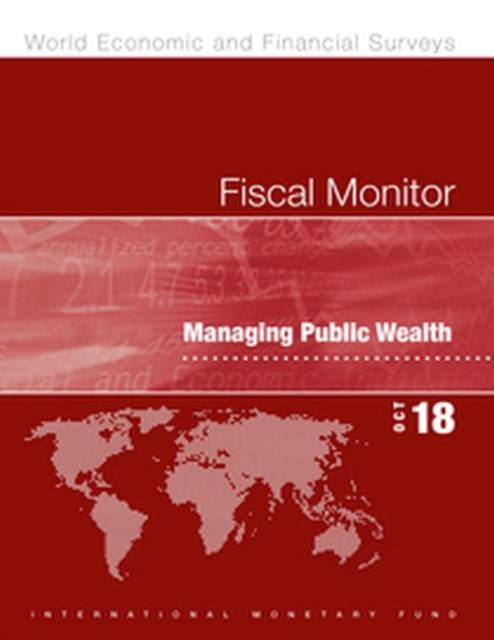
En raison d'une grêve chez bpost, votre commande pourrait être retardée. Vous avez besoin d’un livre rapidement ? Nos magasins vous accueillent à bras ouverts !
- Retrait gratuit dans votre magasin Club
- 7.000.000 titres dans notre catalogue
- Payer en toute sécurité
- Toujours un magasin près de chez vous
En raison de la grêve chez bpost, votre commande pourrait être retardée. Vous avez besoin d’un livre rapidement ? Nos magasins vous accueillent à bras ouverts !
- Retrait gratuit dans votre magasin Club
- 7.000.0000 titres dans notre catalogue
- Payer en toute sécurité
- Toujours un magasin près de chez vous
62,95 €
+ 125 points
Description
Public sector balance sheets provide the most comprehensive picture of public wealth. They bring together all the accumulated assets and liabilities that the government controls, including public corporations, natural resources, and pension liabilities. They thus account for the entirety of what the state owns and owes, offering a broader fiscal picture beyond debt and deficits. Most governments do not provide such transparency, thereby avoiding the additional scrutiny it brings. Better balance sheet management enables countries to increase revenues, reduce risks, and improve fiscal policymaking. There is some empirical evidence that financial markets are increasingly paying attention to the entire government balance sheet and that strong balance sheets enhance economic resilience. This issue of the Fiscal Monitor presents a new database that shows comprehensive estimates of public sector assets and liabilities for a broad sample of 31 countries, covering 61 percent of the global economy, and provides tools to analyze and manage public wealth. Estimates of public wealth reveal the full scale of public assets and liabilities. Assets are worth US$101 trillion or 219 percent of GDP in the sample. This includes 120 percent of GDP in public corporation assets. Also included are natural resources that average 110 percent of GDP among the large natural-resource-producing countries. Recognizing these assets does not negate the vulnerabilities associated with the standard measure of general government public debt, comprising 94 percent of GDP for these countries. This is only half of total public sector liabilities of 198 percent of GDP, which also includes 46 percent of GDP in already accrued pension liabilities. Once governments understand the size and nature of public assets, they can start managing them more effectively. Potential gains from better asset management are considerable. Revenue gains from nonfinancial public corporations and government financial assets alone could be as high as 3 percent of GDP a year, equivalent to annual corporate tax collections across advanced economies. In addition, considerable gains could be realized from government nonfinancial assets. Public assets are a significant resource, and how governments use and report on them matters, not just for financial reasons, but also in terms of improving service delivery and preventing the misuse of resources that often results from a lack of transparency.
Spécifications
Parties prenantes
- Auteur(s) :
- Editeur:
Contenu
- Nombre de pages :
- 104
- Langue:
- Anglais
- Collection :
Caractéristiques
- EAN:
- 9781484367612
- Date de parution :
- 10-10-18
- Format:
- Livre broché
- Format numérique:
- Trade paperback (VS)
- Dimensions :
- 216 mm x 282 mm
- Poids :
- 412 g

Les avis
Nous publions uniquement les avis qui respectent les conditions requises. Consultez nos conditions pour les avis.






